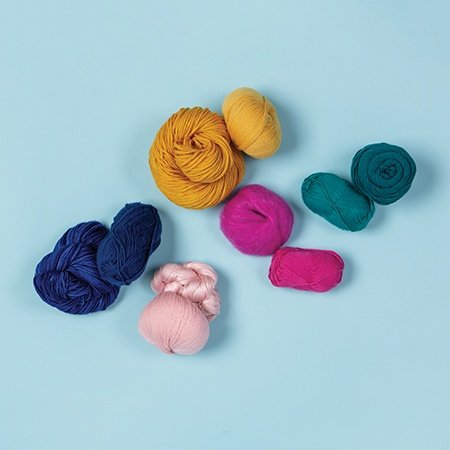Mastering the Craft: A Strategic Approach to Selecting Crochet Yarns
The selection of yarn is the foundational decision upon which the success of any crochet project rests. It is a choice that extends far beyond mere color preference, dictating the final item’s texture, drape, durability, and required care. A strategic approach involves a multi-faceted analysis of fiber science, yarn construction, and project functionality. For the discerning crafter, moving beyond rudimentary choices to a more calculated selection process elevates the finished product from a simple handmade item to a piece of functional art. This requires a deep, evidence-based understanding of how different materials perform under the hook and in their final application, ensuring that the time and skill invested yield a superior and enduring result.
The intrinsic properties of a yarn’s fiber are the most critical determinant of a project’s outcome. Fibers are broadly classified as natural or synthetic, each offering a distinct set of characteristics. Natural animal fibers like wool are prized for their warmth, elasticity, and moisture-wicking capabilities; wool can absorb up to 30% of its weight in moisture without feeling damp, making it ideal for winter garments. [1] Merino wool, with its finer fibers, offers superior softness, while blends with nylon enhance durability for high-wear items like socks. [2][3] Plant-based fibers such as cotton provide excellent breathability and stitch definition, making them a premier choice for summer apparel, kitchen textiles like heat-resistant potholders, and structured items like amigurumi. [4][5] However, cotton’s inelasticity can be challenging for some crafters and may cause stitches to loosen over time in stuffed items. [6] Synthetic fibers, predominantly acrylic, offer affordability, a vast color spectrum, and ease of care, positioning them as a practical option for beginners, blankets, and children’s toys. [5][7] Yet, acrylics lack the breathability of natural fibers and can be prone to pilling. [8] Blended yarns, such as cotton-acrylic or wool-acrylic, are engineered to provide a synergistic combination of these traits—marrying the softness and structure of cotton with the durability and affordability of acrylic, for instance. [7][9] This makes them a versatile choice for projects demanding both comfort and resilience.
Beyond fiber content, the physical construction and weight of the yarn are paramount. Yarn weight, a measure of thickness standardized by the Craft Yarn Council from 0 (Lace) to 7 (Jumbo), directly influences the fabric’s drape, density, and project completion time. [2][10] A pattern will specify a weight, and substituting it will alter the final dimensions; a bulky yarn (#5) creates a thick, quick-to-make blanket, whereas a fingering weight yarn (#1) is necessary for the delicate fabric of a lightweight shawl. [2][11] Equally important is the yarn’s construction, specifically its ply and twist. Ply refers to the number of single strands twisted together to form the yarn. [12][13] A high-twist yarn, where the plies are tightly bound, results in a strong, smooth strand that offers excellent stitch definition and is less likely to split while working—a crucial feature for showcasing intricate patterns. [14] Conversely, a loosely twisted or single-ply yarn creates a softer, loftier fabric with a slight “halo” or fuzziness, but at the cost of clear stitch definition and durability. [15][16] The interaction between weight and construction is critical; a worsted weight (#4) yarn, the all-purpose standard, can vary significantly in feel and performance based on whether it is a smooth, high-twist cotton or a lofty, low-twist wool. [2][17]
The final, yet equally vital, considerations are color and consistency, which profoundly impact the aesthetic success of a project. The principles of color theory guide the creation of visually appealing palettes: complementary colors (opposites on the color wheel) produce high-contrast, energetic results, while analogous colors (adjacent on the wheel) yield harmonious, soothing effects. [18][19] Introducing a neutral like white, grey, or black can balance bold colors and enhance their vibrancy. [20][21] The way color is applied to the yarn—be it solid, variegated (self-striping), or heathered—also plays a role. Solid colors are best for highlighting complex stitch textures, which can be obscured by busy, multicolored yarns. [16] Consistency is ensured by purchasing yarn from the same dye lot, a batch number on the yarn label indicating that the skeins were colored in the same vat. [22] Even with precise industrial processes, slight variations in temperature, dye concentration, or fiber composition can cause noticeable color shifts between different lots. [23] For a large, single-color project like a blanket or sweater, failing to secure enough yarn from a single dye lot can result in visible and disruptive color blocking. [22][24] Should mixing lots be unavoidable, alternating rows between the different skeins can help blend the transition and trick the eye, salvaging the project’s visual integrity. [22][24]



